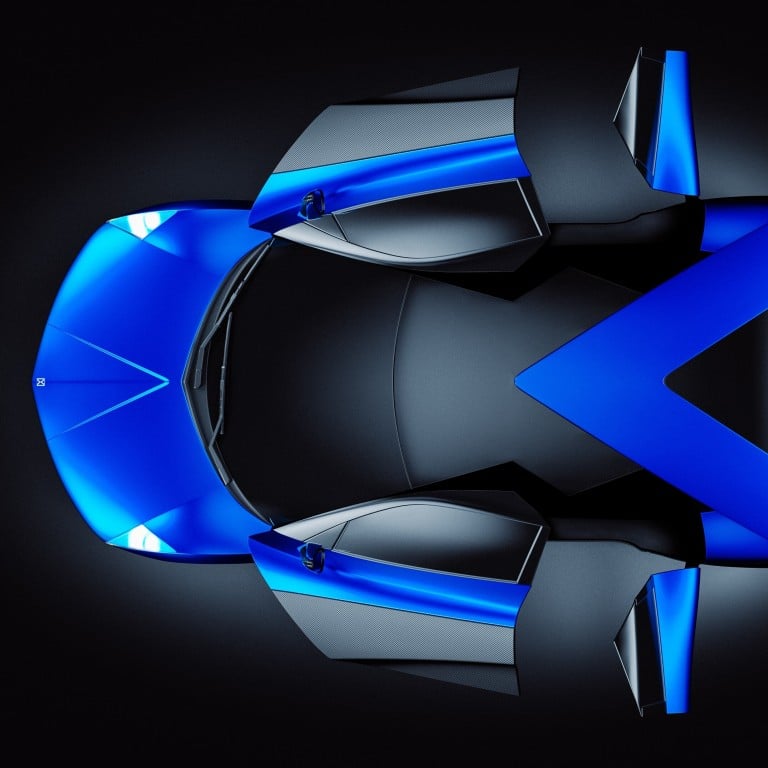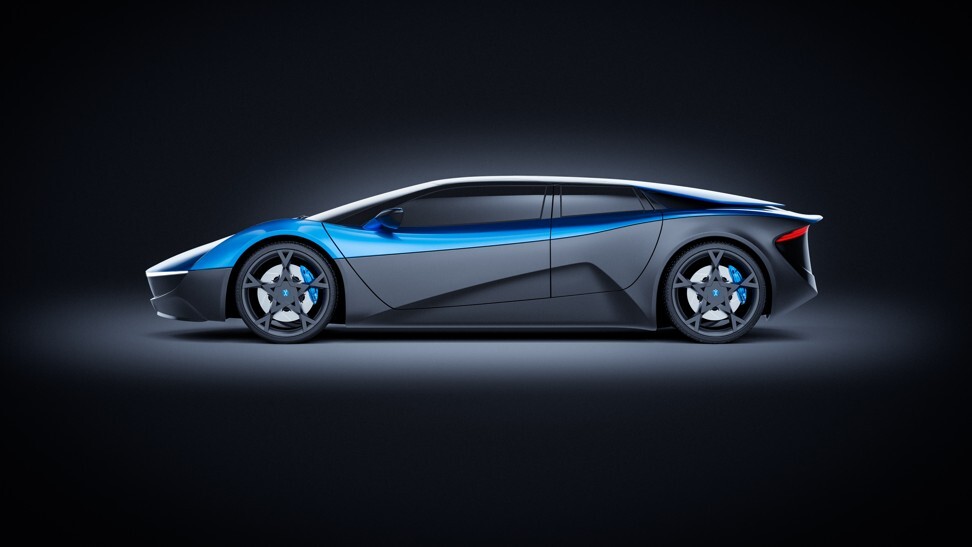Electric cars are being joined by luxury yachts and commercial aircraft – and Tesla isn’t leading the electrification of sports supercars, but small start-ups

“The very rich who can afford these kinds of cars are getting younger and younger and they’re less and less interested in old technology,” says Robert Palm. “They might even see it as a negative thing to be seen to be driving, say, a conventional-engine Lamborghini. That’s one reason why even if these new engines had been around 20 years ago they wouldn’t have sold – the market for them wasn’t there.”

“The fact is that you can’t, for instance, just keep putting more and more turbos on a conventional engine to improve its performance. There are limits to the old technology,” explains Donna Falconer, senior manager of global product strategy for McLaren. It is, after all, now an electric supercar that holds the world record for acceleration. How so? There’s no momentary power lag caused by the step changes between gears used with conventional engines – just one long, smooth, eye-watering forward movement.
A flying car? Check out Lift Aircraft’s aerial vehicle Hexa
Performance is certainly a driver in the expected uptake of electric engines across different modes of transport. Back in 2017, the Dutch yacht builder Heesen launched the first yacht with a hybrid engine, part regular diesel, part diesel electric. Unusually, it had no buyer and was built on spec as a demonstration of what’s possible. This April, the company delivered its second hybrid engine yacht to its new owner.

“We see the move as a statement of faith in the technology and as a big gamble – a really big gamble,” explains Mark Cavendish, Heesen’s sales and marketing director. “We predict there will be a demand for this kind of product for its eco credentials, but also for more direct advantages to the owner, the likes of low noise and vibrations but also of better fuel economy.”
Heesen’s hybrid engines require 45,000 litres of fuel to give a range of 6,480km (3,500 nautical miles); the same range from a conventional engine would require 60,000 litres. This benefit is not just a product of the sophisticated engine: the new craft are built in lightweight aluminium, have more efficient fast displacement hulls and “hull vane” technology, too.

“And using a hybrid system also means the transfer of any noise to living areas on the yacht is extremely low – you can practically run dead silent,” says Cavendish. “That said, the market take-up has been less enthusiastic than we thought it would be, perhaps just because the yacht industry is very conservative and sees hybrid engines as complicated, even though this is proven technology.”
The same misunderstanding tends to arise when speaking of electric engines generally, reckons Ian Foley. He’s the managing director of Equipmake, an engineering firm that has developed and just launched the Ampere, the world’s most power-dense EV motor to date – 295bhp in just a 10kg package, relative to, for example, the Jaguar I-Pace’s 40kg electric engine producing 197bhp.
Could Maserati’s new MC20 reinvent the flailing supercar brand?
“Fundamentally the electric engines available for cars already work. But there’s this idea that range is the challenge, though the fact is that long car journeys are a rarity. Most cars sit around going nowhere most of the time,” he says.
“The real challenge is one of the cost to make the engines and sometimes the size of the batteries. We’ve had 100 years of practice in making conventional engines efficiently, remember. There’s a lot of catching up to do.”
It’s why Heesen, to date, hasn’t attempted a fully electrically powered yacht – though it is now building an 80-metre yacht with the room for greater use of battery technology, albeit for lighting, heating and other needs rather than for propulsion; “The next step is to get the same tech into a smaller, 50-metre yacht,” Cavendish notes. It’s why, for all the negative publicity regarding the environmental impact of long-haul flights, electrically powered airliners – with similar high energy requirements of moving considerable weight over considerable distance – are likely some time away yet.

“Electric vehicles, be they cars, boats or planes, are actually technically much simpler than those with conventional engines,” explains Foley, who is now developing an electrically powered manned drone with an expected flying time of around 30 minutes. “But the fact is that any mode of transport that requires a lot of energy will be dependent on fossil fuels for the foreseeable future.”
But this isn’t to say baby steps are not being taken. December 2019 saw the debut flight of the world’s first all-electric commercial aircraft, a collaboration between Harbour Air, North America’s largest seaplane airline – the weight of the floats and being surrounded by water only adding to the challenges involved – and electric aviation developers Magnix. The six-passenger De Havilland Beaver aircraft will now begin the necessary certification and approval process, after which Harbour Air intends to retrofit its fleet with electric engines.
London to Sydney in four hours? Welcome to the future of travel
“Battery density is not yet where we would like to see it. So to start this third age of aviation, the electric age, we have decided to focus on ‘middle-mile’ aviation – that’s flights between 50-1,000 miles in range, taking five to nine passengers this distance,” explains Roei Ganzarski, CEO of Magnix, which is now also working with Eviation Aircraft on the development of the first new all-electric aircraft, set to go into service by 2022.
“And so far passenger response has been tremendous,” he adds. “They prefer the less noise and less vibration. They love the fact that electric is so much cheaper to operate per flight hour – which means lower ticket prices for them. And, of course, they love the fact that they will be flying while creating zero emissions.”
Want more stories like this? Sign up here. Follow STYLE on Facebook, Instagram, YouTube and Twitter .

If sustainability isn’t the main motivator for electric vehicle makers such as Elextra, Heesen and Magnix – although zero emissions is definitely a plus – then what is?